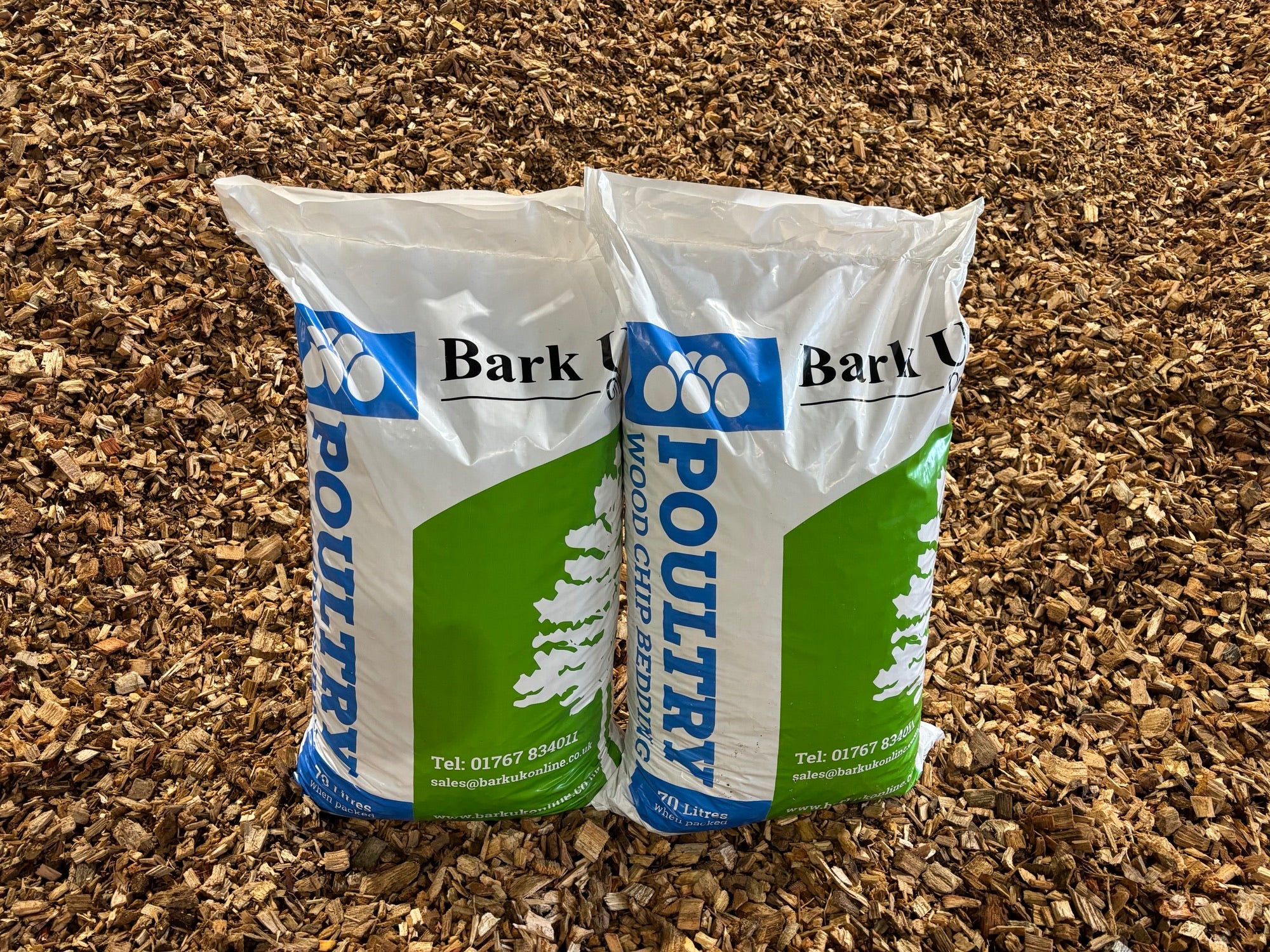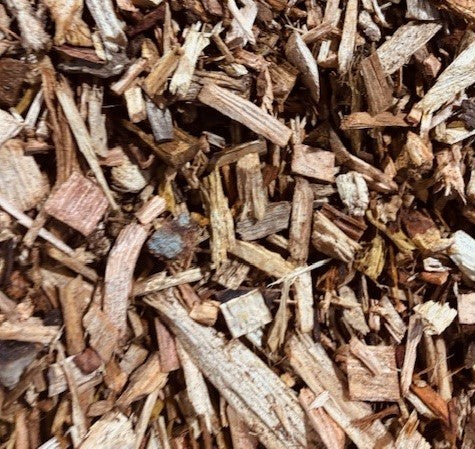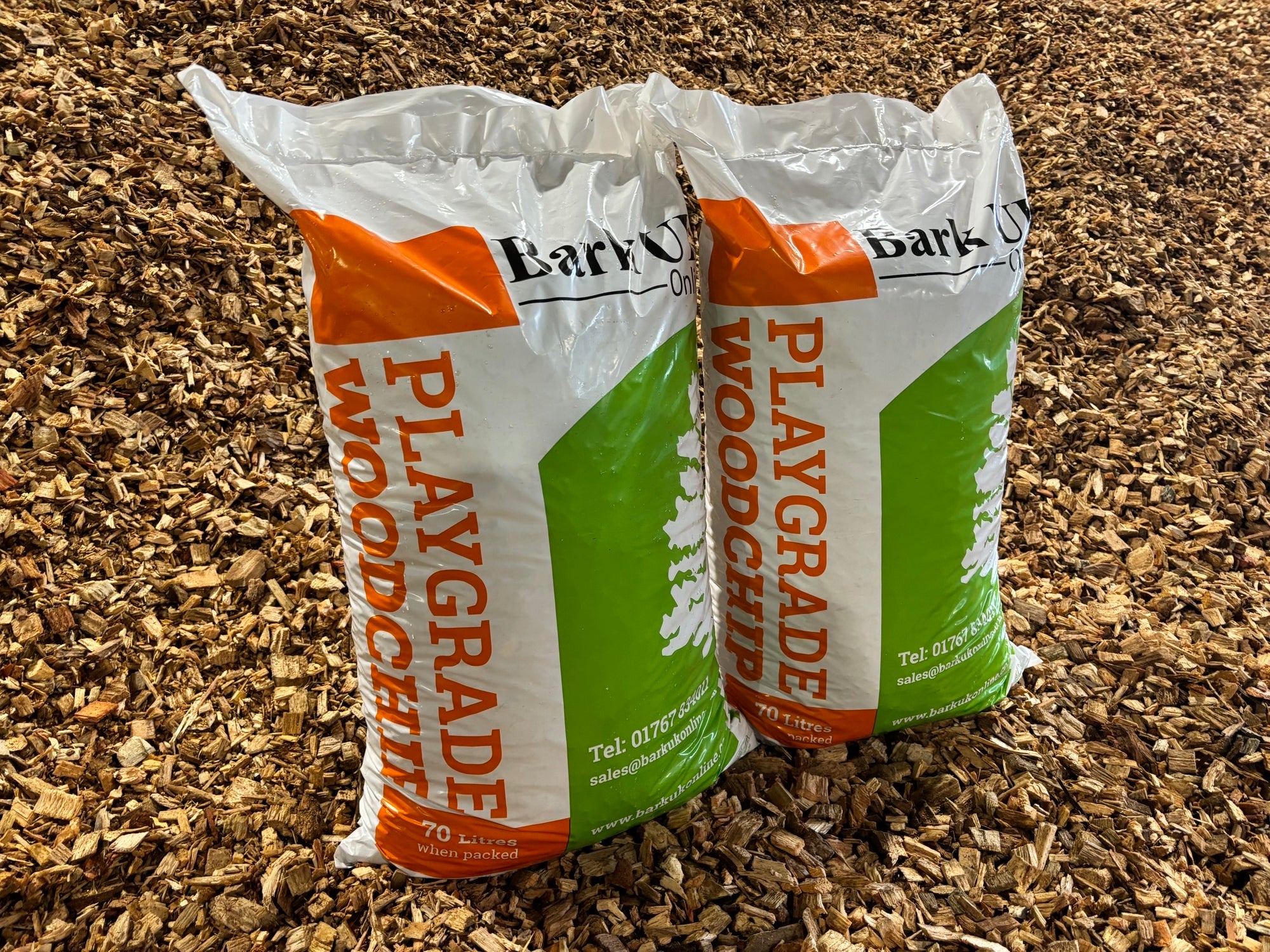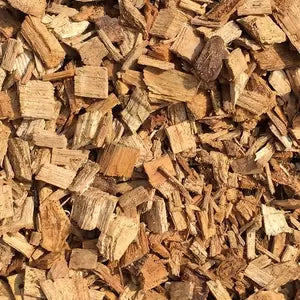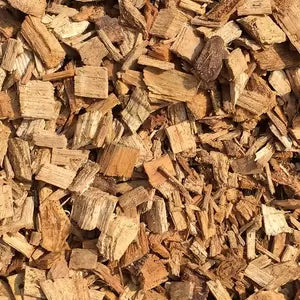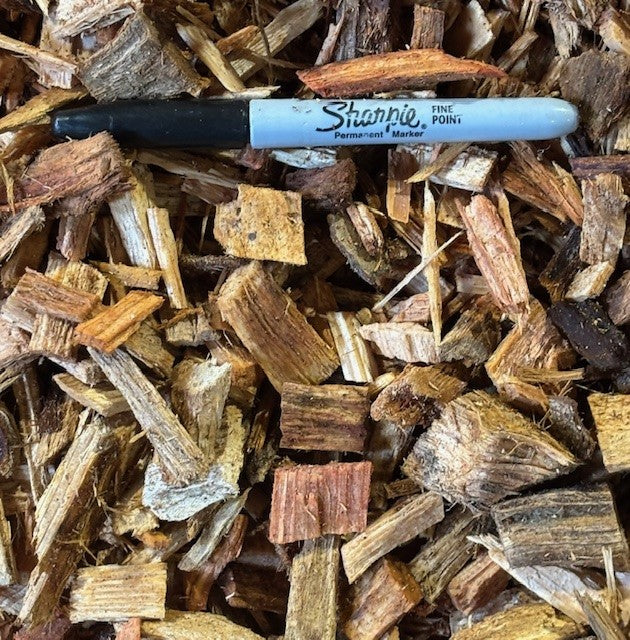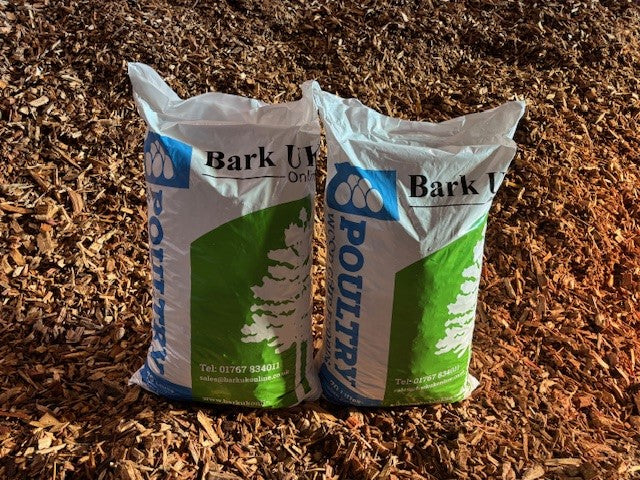Prepare Your Garden for Spring: Practical Steps for Success
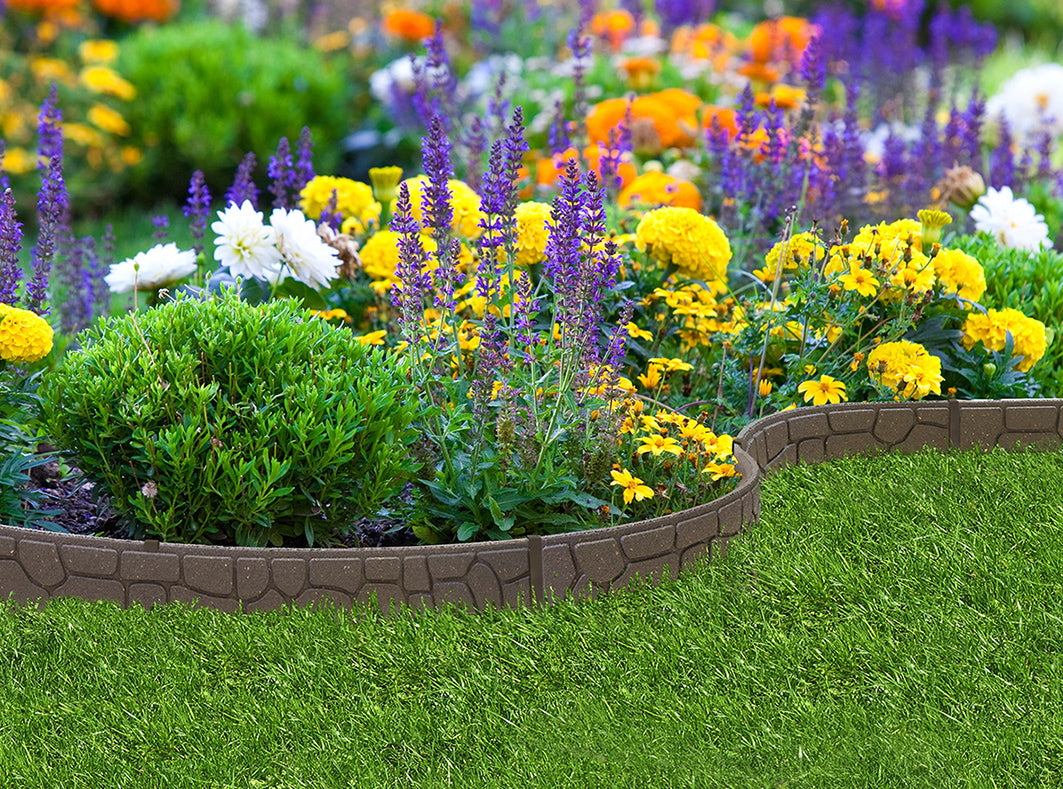
Spring is the perfect time to get your garden in top condition. Prepare your garden for spring by focusing on soil improvement, effective drainage, and shielding plants from changing weather conditions. Taking the right approach early helps prevent issues such as waterlogging, pest infestations, and nutrient shortages. Careful preparation encourages stronger roots and healthy growth throughout the season. This guide covers practical steps to help your garden thrive.
The Tools You’re Going To Need
Having the right tools makes garden work more manageable and precise. Sharp pruners help plants recover quickly by making clean cuts that prevent disease and promote healthy growth. A sturdy garden fork is essential for turning soil and breaking up dense ground, improving aeration. Soil aerators loosen compacted earth, allowing better oxygen and nutrient absorption.
Proper care of tools ensures they stay effective for years. Regular sharpening of pruners and hoes keeps cuts clean and precise, preventing plant damage. Cleaning tools after use removes soil and moisture that can lead to rust. Storing them in a dry, protected space prolongs their lifespan and maintains their performance.
Make Sure Your Soil Is Ready
Preparing soil is not just for spring; it matters all year round to keep plants growing well. Adding peat-free topsoil improves soil structure, retains moisture, and provides nutrients that plants rely on through every season. Whether setting up for summer growth or maintaining soil health in colder months, ongoing care keeps the garden in good shape. Well-managed soil stands up to seasonal shifts and helps plants stay strong and productive.
In our previous blog on garden preparation, we discussed essential soil management techniques that lay the groundwork for a productive growing season. Building on that, applying garden mulch provides multiple benefits beyond simple moisture retention. It acts as a protective barrier, shielding roots from extreme temperatures while improving soil structure over time. Organic options, such as composted bark chippings, not only enrich the soil with essential nutrients but also play a crucial role in weed suppression, reducing the need for manual weeding. Selecting the right mulch ensures a well-balanced garden ecosystem that fosters plant health and supports consistent growth throughout the changing seasons.
Pest and Disease Control
Spring conditions often invite pests and diseases that hinder plant development. Physical barriers such as netting and fleece protect plants from insects and birds. Using a weed membrane helps prevent unwanted growth that can attract pests and compete for nutrients. Companion planting introduces beneficial plants that naturally repel pests.
Routine inspections identify problems before they escalate. Removing affected leaves and spacing plants properly improves airflow and reduces disease risks. A proactive approach keeps plants healthy and productive throughout the season.
Managing Drainage Effectively
Too much water can suffocate roots and lead to plant failure. Raised beds keep soil off the ground, allowing excess water to drain more effectively and improving air circulation. Choosing containers with proper drainage holes stops water from collecting at the roots and causing rot.
Adding wood chippings to the soil improves drainage and enhances soil texture by breaking up compacted areas. Wood chips also help retain moisture in dry conditions, balancing out extremes in water levels. Adjusting watering routines according to rainfall and soil type keeps plants from becoming waterlogged or drying out too quickly.
Planning for Continuous Growth
A structured planting schedule ensures a productive season. Staggering planting times prevents overcrowding and allows for continuous harvests. Planning ahead maximises space and resource use.
Understanding each plant’s requirements aids in proper placement. Sun-loving varieties thrive in open areas, while shade-tolerant plants perform better in cooler spots. Thoughtful planning leads to balanced and efficient growth.
Frost Protection Measures (Yes, Even In Spring)
Late frosts can harm delicate plants and delay their progress. Covering plants with fleece or cloches provides insulation and prevents damage. Positioning plants near walls or fences offers extra warmth and protection.
Gradually exposing plants to outdoor conditions strengthens their resilience. Slowly increasing exposure time helps plants adjust without stress. Protecting against frost encourages early and steady growth.
Choosing Suitable Garden Materials
Quality materials influence the garden’s long-term success. Applying organic mulch preserves moisture, suppresses weeds, and nourishes the soil. A well-chosen mulch layer simplifies maintenance and enhances soil fertility.
Using a big bag of bark ensures even coverage and lasting benefits. Investing in high-quality materials tailored to specific needs supports healthier plant growth and a thriving garden environment.
Following these practical steps prepares the garden for a successful growing season. Contact us today for expert advice and premium gardening materials.


